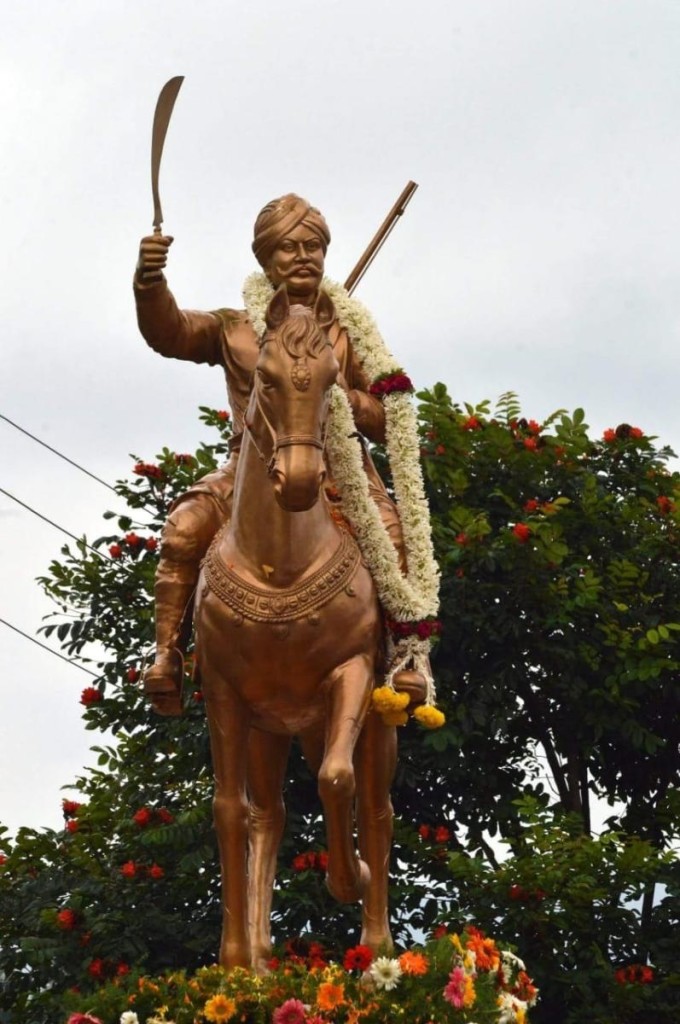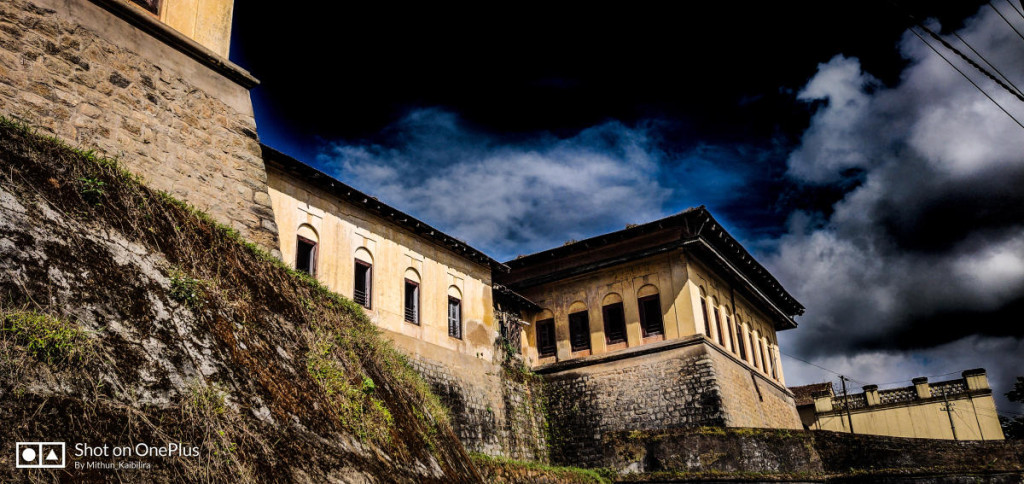
Twenty years before the First War of Independence in 1857, there was the ‘Amara Sullia Dange’ or Kodagu- Canara Mutiny against the British government. This fight, which was labelled ‘Kalyanappana Katakayi’ (Loot of Kalyanappa), to tone down its significance, received unprecedented support from people in today’s Kodagu, Dakshina Kannada districts of Karnataka and Kumble region in Kerala.
After Tipu Sultan’s death in 1799, South Canara (Dakshina Kannada) passed into British hands. Neighbouring Kodagu, however, still maintained a precarious independence.
In 1834, the East India Company resolved to invade Kodagu, which was ruled by King Chikkaveera Rajendra of Haleri dynasty. On April 11, 1834, the political agent of the British at Mercara (Madikeri), Lieutenant Colonel J S Fraser, issued a proclamation annexing Kodagu into the British administration. Fraser also resolved to respect the social and religious customs of the locals, but the promise remained on paper.
The British introduced major economic, social, and even territorial changes in Kodagu, for their administrative convenience. Amara Sullia was separated from Kodagu and made part of South Canara district, which was then part of the Madras province. What further incensed the people was a change in the mode of tax payment, which was now to be made entirely in cash. The farmers were used to giving part of their produce as the tax, but the new system only added to their burden. Now, many of them refused to pay the tax outright.
After Kodagu’s annexation, there was a resistance movement planned. In 1835, Swamy Aparampara, a Jangama saint, appeared in Manjarabad in Hassan district and claimed that he was a legal heir to the Haleri throne.

His plan was to attack and occupy Madikeri Fort on December 5, 1836. The people of Kodagu believed him to be the son of Appaji, who was the uncle of Chikkaveera Rajendra. Aparampara planned a resistance movement with the help of other rebellions including Kalyanaswamy, Kedambadi Rame Gowda and Guddemane Appayya Gowda. Aparampara visited Subrahmanya and met Kujugodu Appayya Gowda and Mallappa Gowda, the representatives of the Ikkeri dynasty. From there, they marched towards Madikeri with a battalion.
The British got wind of the plan and imprisoned Aparampara, with the aid of Kodagu’s Dewan, Cheppudira Ponnappa.
Now, the responsibility of the movement shifted onto the shoulders of Kalyanaswamy. He claimed to be the second son of Appaji and therefore, a member of the Haleri dynasty. Declared a king by his men, he popularised the movement by proclaiming that if he became the king, he would stop collecting revenue for the first three years and abolish the duties on commodities.
Dewan Ponnappa proved that Kalyanaswamy didn’t belong to the Haleri dynasty. However, the rebel leader remained popular and enjoyed support from local leaders.
Kalyanaswamy slowly extended the movement to Sullia and other parts of South Canara. Kedambadi Ramegowda of Sullia was primarily responsible for the organisation of rebellion in South Canara. When Kalyanaswamy was travelling from Kodlipet to Wayanad, he was captured by the British forces, though his imprisonment was concealed. His friend Putta Basappa posed as Kalyanappa and continued the rebellion.
Meanwhile, the resentment against the new tax policy continued, and Kedambadi Ramegowda and Nanjayya decided to start a rebellion in Sullia. They killed Atlur Ramappaya, the Amaldar (Agent) of Sullia, who was loyal to the British.
The battalion, headed by Kalyanappa (Putta Basappa), Kedambadi Ramegowda and others reached Bellare and attacked the British treasury. The rebels then reached Mangalore and hoisted the Haleri flag in ‘Bavutagudda’ on April 5, 1837, to mark their victory over the British.
In response, the British brought in reinforcements from Kannanur, and attacked the rebels. Several leaders were captured and killed, while a few others escaped. Putta Basappa and Appayya Gowda were hanged.
The British Commissioner Cotton, who submitted a report on the Canara Insurrection to the government in 1839, mentioned the movement was a furtherance of the Nagar Peasants’ Revolt of 1830-32, in present-day Shivamogga. “The Amara Sullia insurrection has the features of primary resistance, as well as peasants’ movement; the main intention was to drive away the colonial intruders,” says K R Vidyadhara, a lawyer in Madikeri who has studied the uprising.
A few scholars have conducted extensive studies on the Amara Sullia mutiny, with the incident even being portrayed in a Yakshagana performance called ‘Kalyanappana Katakayi’.
source: http://www.deccanherald.com / Deccan Herald / Home> Spectrum> Spectrum Top Stories / by Charan Aivarnad / August 15th, 2020


Amara sulia rebellion kalyanappa katakayi
They hoisted Kepula rang soorya chandra Tulunaad flag in bavuta gudde and DC office,
They NOT hoist Haleri flag in bavuta gudde
Your information is wrong
South canara is TULUNAAD.
It is NOT dakshinakannada dakkina kannada
See this about Uri Gowda and Nanje Gowda
https://twitter.com/earlhastings1/status/1638883817300836352?s=46&t=0oFLfBAG-7nxzyIHKE078w
Uri Gowda & Nanje Gowda were real characters. But they didn’t kill Tipu. They were freedom fighters who fought alongside Balam Palegar Ventakadri Nayaka.
“Amara Sullyada Prasattana Samara” edited by N. S. Deviprasad Sampaje was published in 2005, a year before Suvarna Mandya.